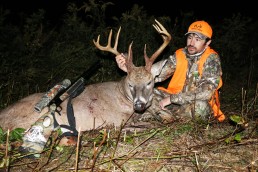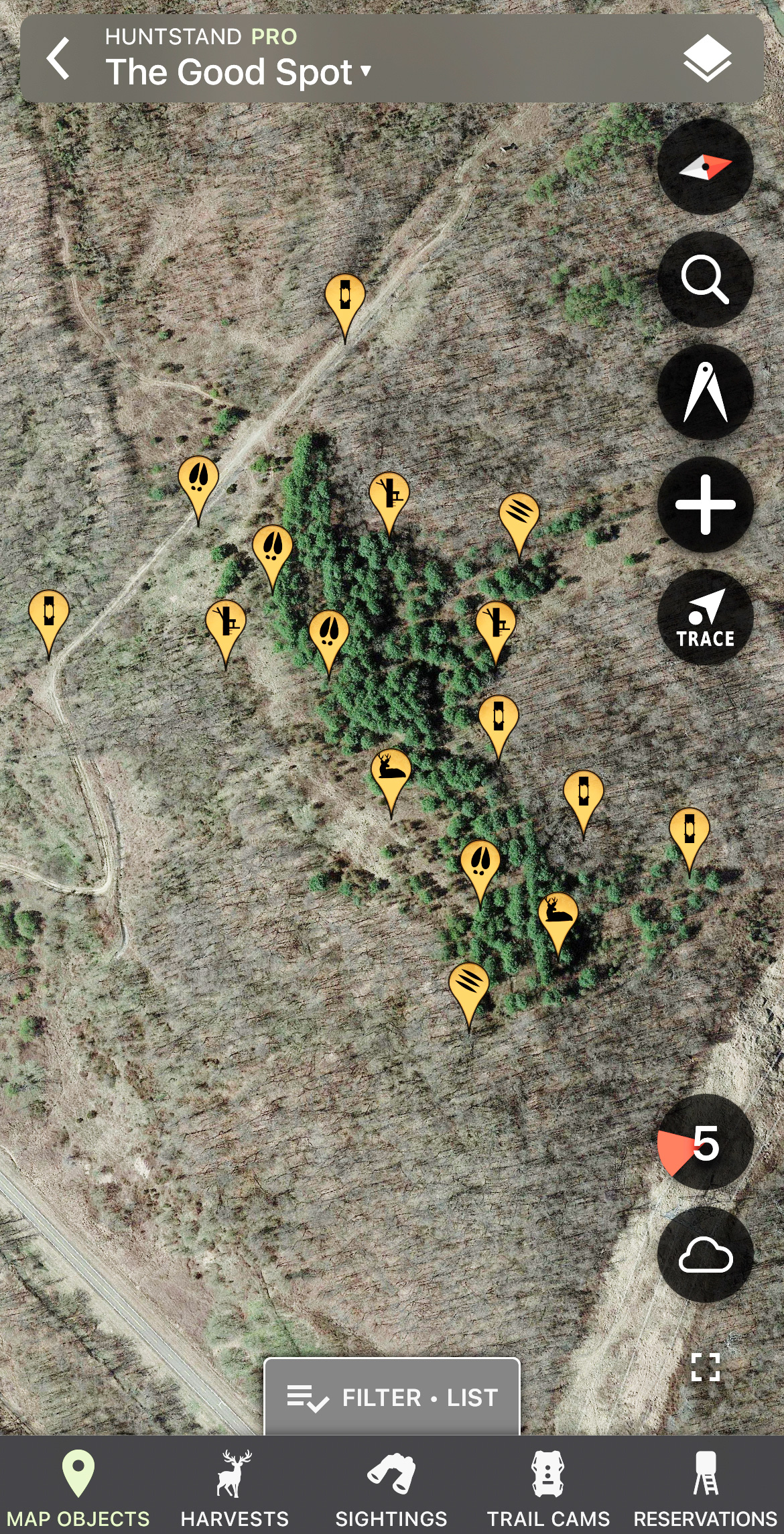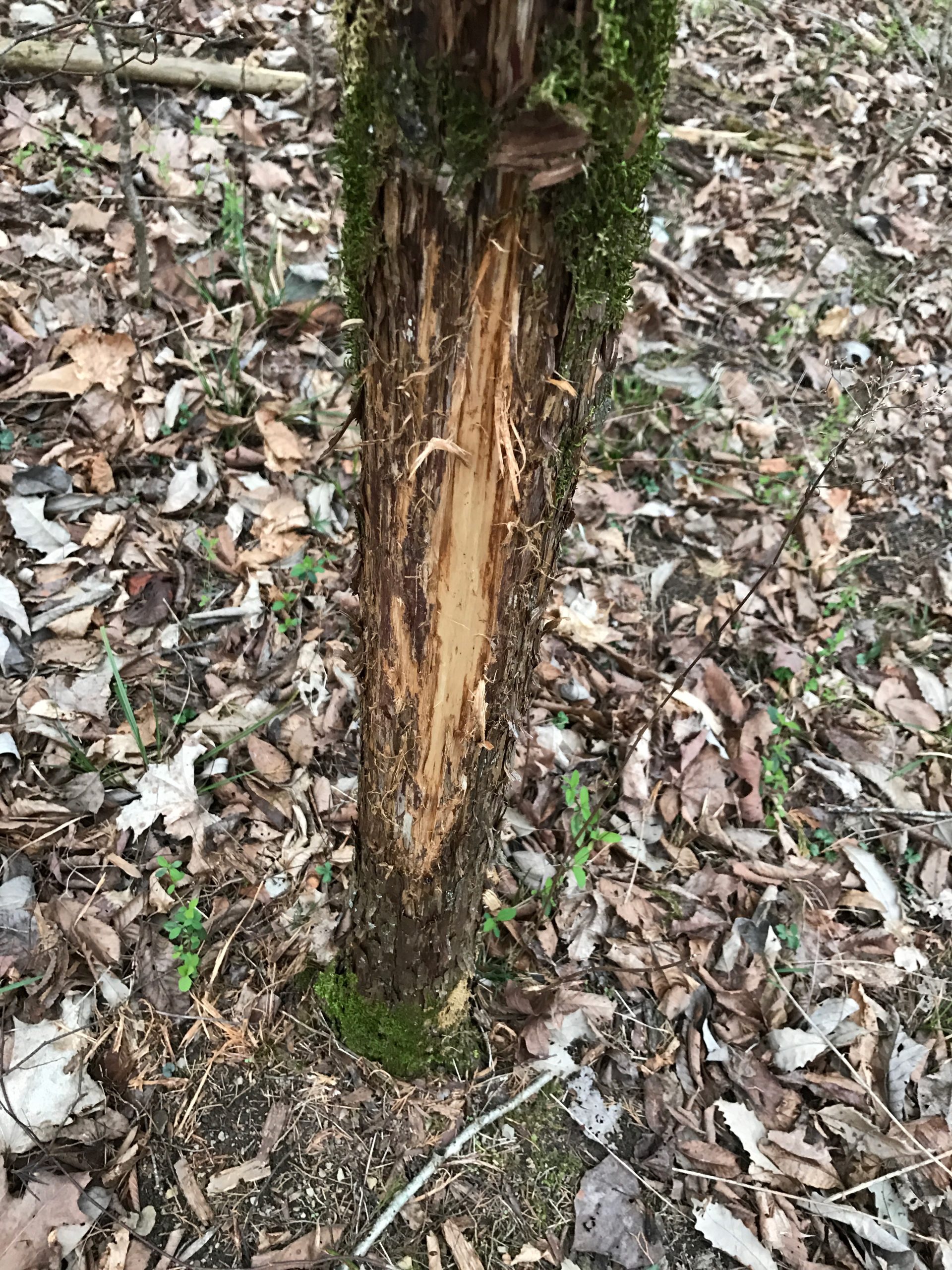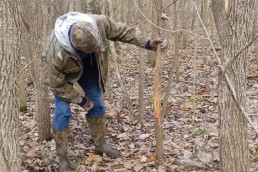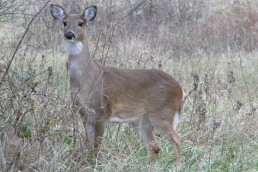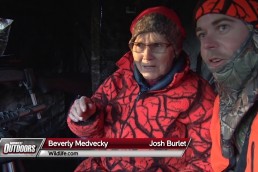How to Scout for Whitetail Deer
SHARE THIS POST
Tall, white-tipped tines shine like beacons in the late-afternoon sunlight. Slowly inching your way, the monster buck eases out of heavy cover and into bow range. After minutes of painstaking patience, you settle your sights and send it. Your arrow finds that crease behind the buck’s shoulder, and the deer drops within sight.
That’s what deer hunters dream of each season. But none of that is possible without hard work and ample scouting efforts. Fortunately, the prepared hunter is oftentimes the successful one. Here’s a five-step game plan for scouting whitetail deer.
Step 1: Understand whitetails
The first step in successful scouting requires knowledge. Understanding whitetails and their behavior is a prerequisite to scouting. Otherwise, you won’t know what you’re looking for, or how to interpret what you find.
While understanding whitetails is a lengthy discussion of its own, whitetail behavior ultimately boils down to their basic needs, including security cover, food sources, water sources and procreation. Then, it’s all about discovering where they get each of these things on the landscape; understanding the short-, mid- and long-term cycles that surround these things; and pinpointing terrain and topographical features that help you intercept deer along their natural lines of movement.
Step 2: e-scout target areas
With a firm grasp of whitetail behaviors and patterns, begin e-scouting. Use a hunting app such as HuntStand to find potential hotspots. While additional work is to be done, e-scouting is a serious time-saver. It not only helps you find potential hotspots, but also aids in crossing off obvious areas to avoid, such as poor habitat, homogenous terrain, and spots that likely receive heavy hunting pressure.
“General scouting starts with good maps,” said Brian Murphy, wildlife biologist with HuntStand. “There are enough different layers in HuntStand that allow you to look at habitat and various components of it. These can be identified well off a map. Combining that information with some ground truthing, and looking at rut timing, will give you an anchor point for activities that lead up to the rut.”
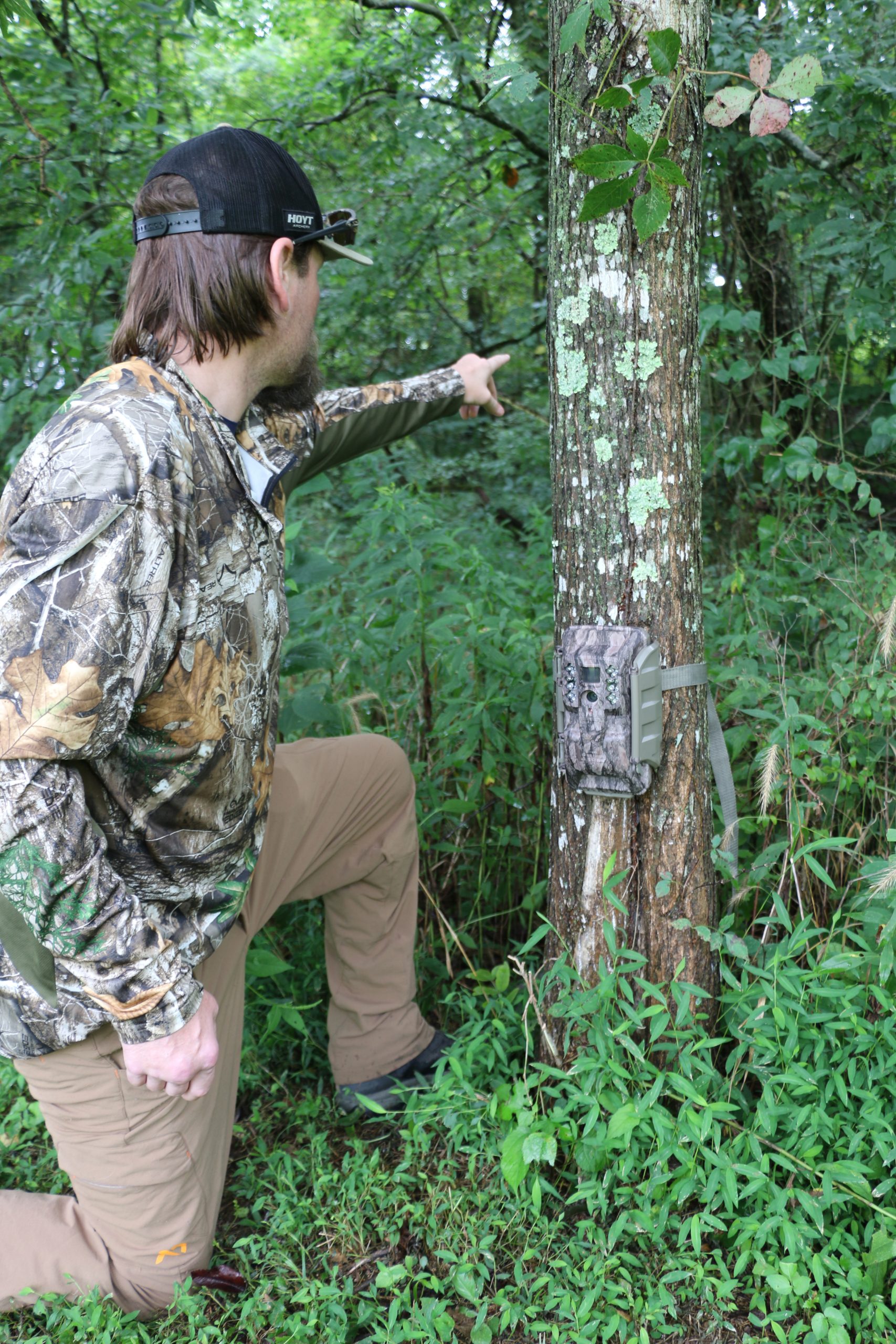
During this phase of the scouting process, search for potential bedding areas, food sources, watering holes, staging areas and travel routes. If you’re unsure of yourself, search for edge cover, which is where different terrain features meet.
Furthermore, look for terrain and topographical features that could serve as good hunting locations. Getting within bow range of deer isn’t easy, and using the land to funnel deer movement is a great way to close the gap.
“The key is using all the different tools that HuntStand offers in combination to maximize what you can do to improve your success,” Murphy said. “Look at the different satellite layers to determine where the best habitat is likely to be.”
The hybrid, satellite and mapbox satellite layers are excellent for seeing terrain and vegetation. The monthly satellite layer is perfect for gauging virtually real-time changes to the landscape, which is perfect for recognizing timber harvests, crop rotations and more. Of course, the 3D, contour and terrain layers are optimized for seeing topographical features on the property.
Step 3: Ground truth expectations
Once you’ve pinpointed areas of interest, it’s time to head afield and confirm your discoveries. Beginning with areas that look best, search for sign that reinforces deer are habitually frequenting the area during daylight hours.
Are you enjoying this post?
You can be among the first to get the latest info on where to go, what to use and how to use it!
Extensive trail networks with recently deposited tracks show that deer are abundant and regular. Droppings show the same. Furthermore, rut sign, such as rubs and scrapes, showcase the volume of bucks on the property, and how much time they spend there during the pre-rut and rut.
Of course, to see deer during daylight hours, you need to be close to bedding areas. What deer need from a bedding area can change throughout the season, though. For example, in colder climates, deer tend to migrate toward solar (south-facing slopes) and thermal (stands of coniferous trees) bedding areas in winter.
While bedding areas can sometimes be seasonal, food sources almost always are. Deer don’t eat the same things all the time. Knowing where each seasonal food source is located, and when it peaks, can help you predict where deer will be.
Of course, don’t forget about water. Deer especially migrate toward secluded, stagnant sources. Mature bucks tend to visit running water less often due to impaired hearing while drinking.
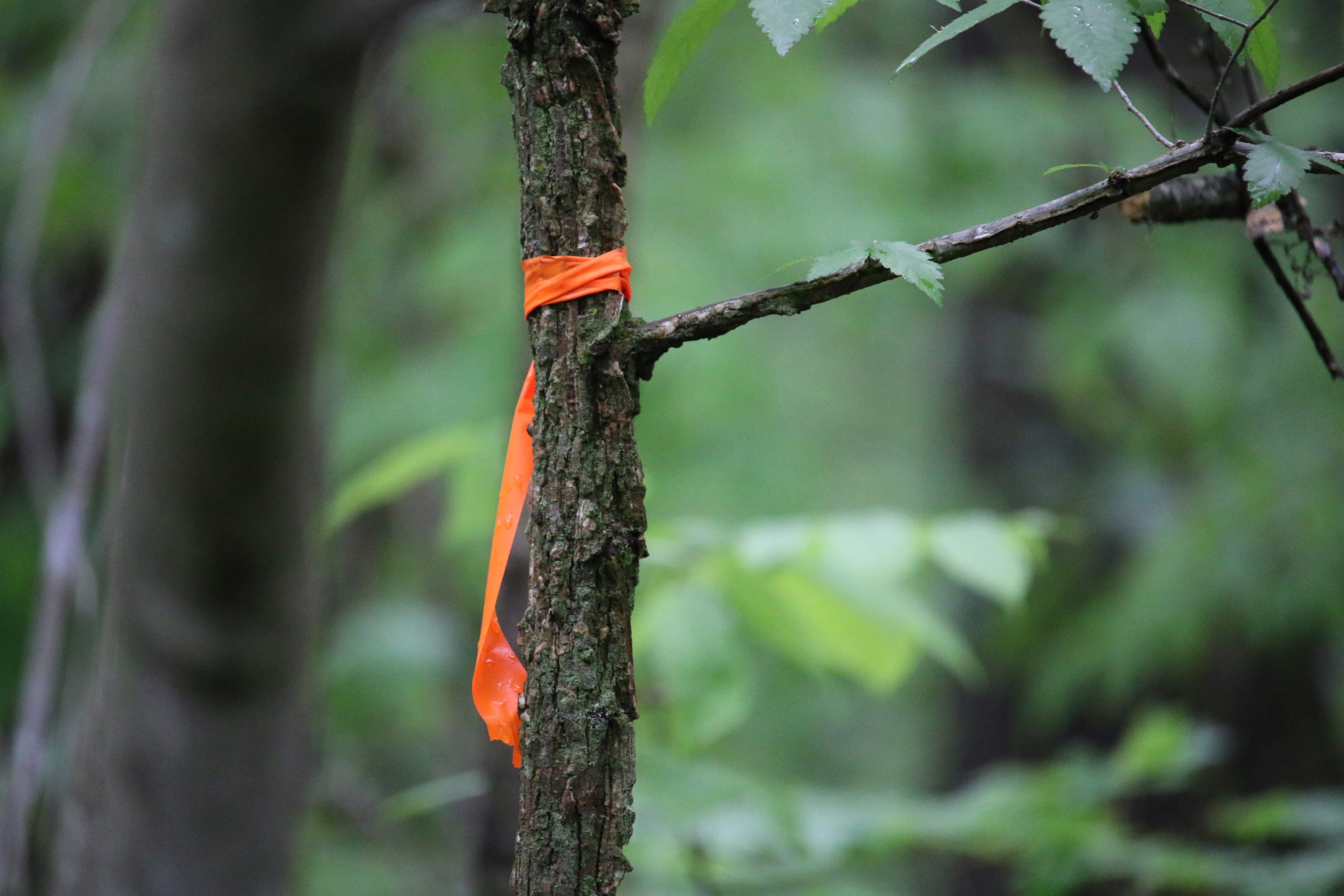
As you conduct in-the-field scouting efforts, post trail cameras in areas of significant interest. Consider placing these over mock scrapes in strategic areas to capture images and that create good shot opportunities. And remember to record all your scouting discoveries, and deployed gear, in your HuntStand app. In areas with minimal cell service, save an offline version of the hunt area before scouting.
Step 4: Pull everything together
Once you’ve e-scouted and scouted in the field, it’s time to pull everything together. Decide on the best hunting spots that offer the highest odds of intercepting target deer during legal shooting hours.
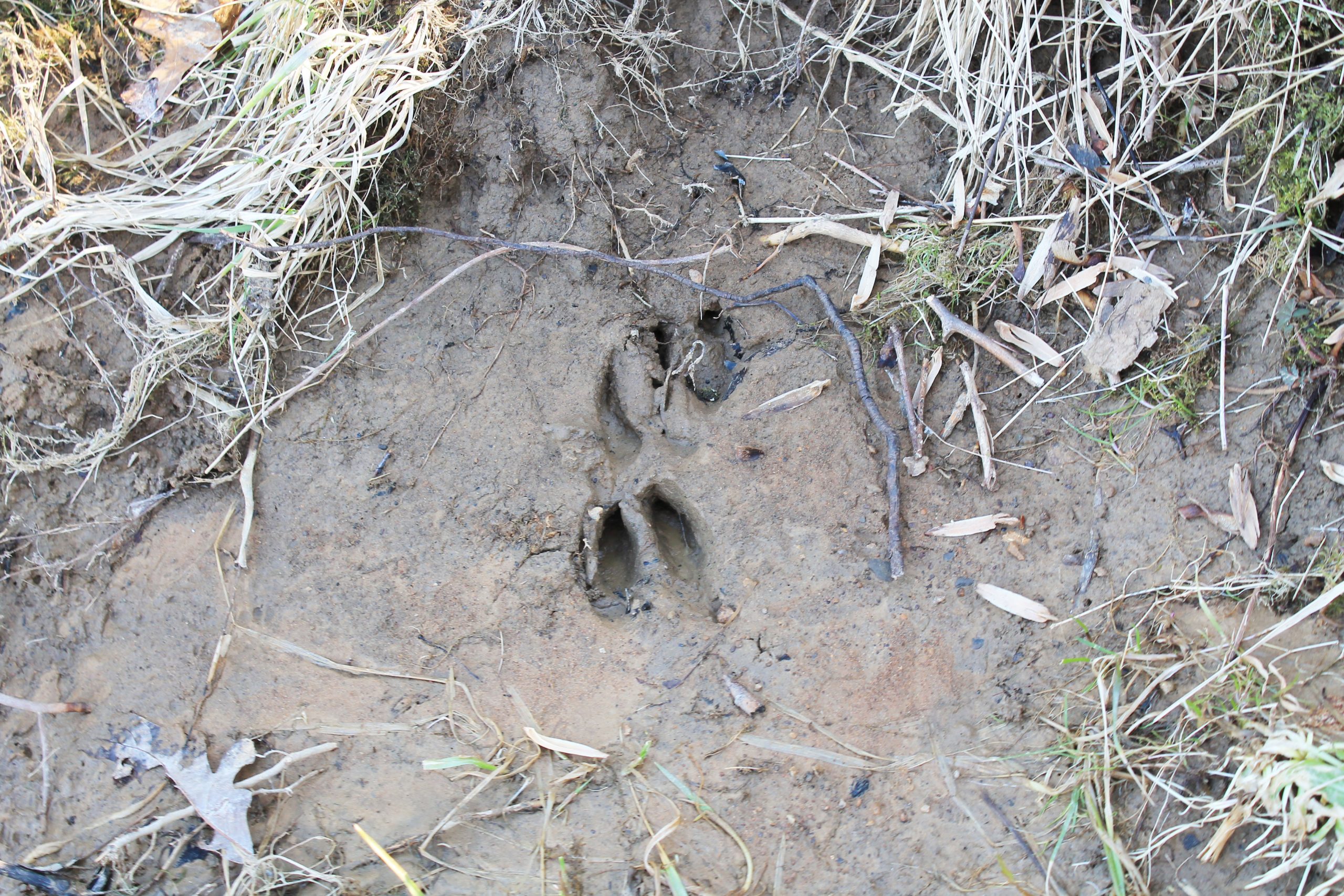
Then, analyze the entry and exit routes associated with each stand location. If you can’t get there or back out without spooking deer, it’s best to find another spot. “Determine where your best access points are to given locations,” Murphy said. “Hunters oftentimes think about the best places to hunt and not enough attention to entry and exit paths to and from those stands. Sometimes, there’s the easy way, and the best way. The best way is oftentimes the more complicated, longer way. This can be difficult for some hunters, especially under the cover of darkness. This is where the trace path function can come in handy. You can map that trail into the backdoor of that stand location.”
Step 5: Plan the hunt
Once your plan is in place, consider returning afield to hang treestands and position ground blinds. Or, if worried about pressuring deer, or in areas that receive more hunting pressure, mark stand locations, and be ready to use the hang-and-hunt method once time to execute your plan.
Given the length of deer season, it’s good to create game plans for the early season, pre-rut, rut, post-rut and late season. Doing so will increase the odds that one of these will work for you and can help fill that coveted buck tag.
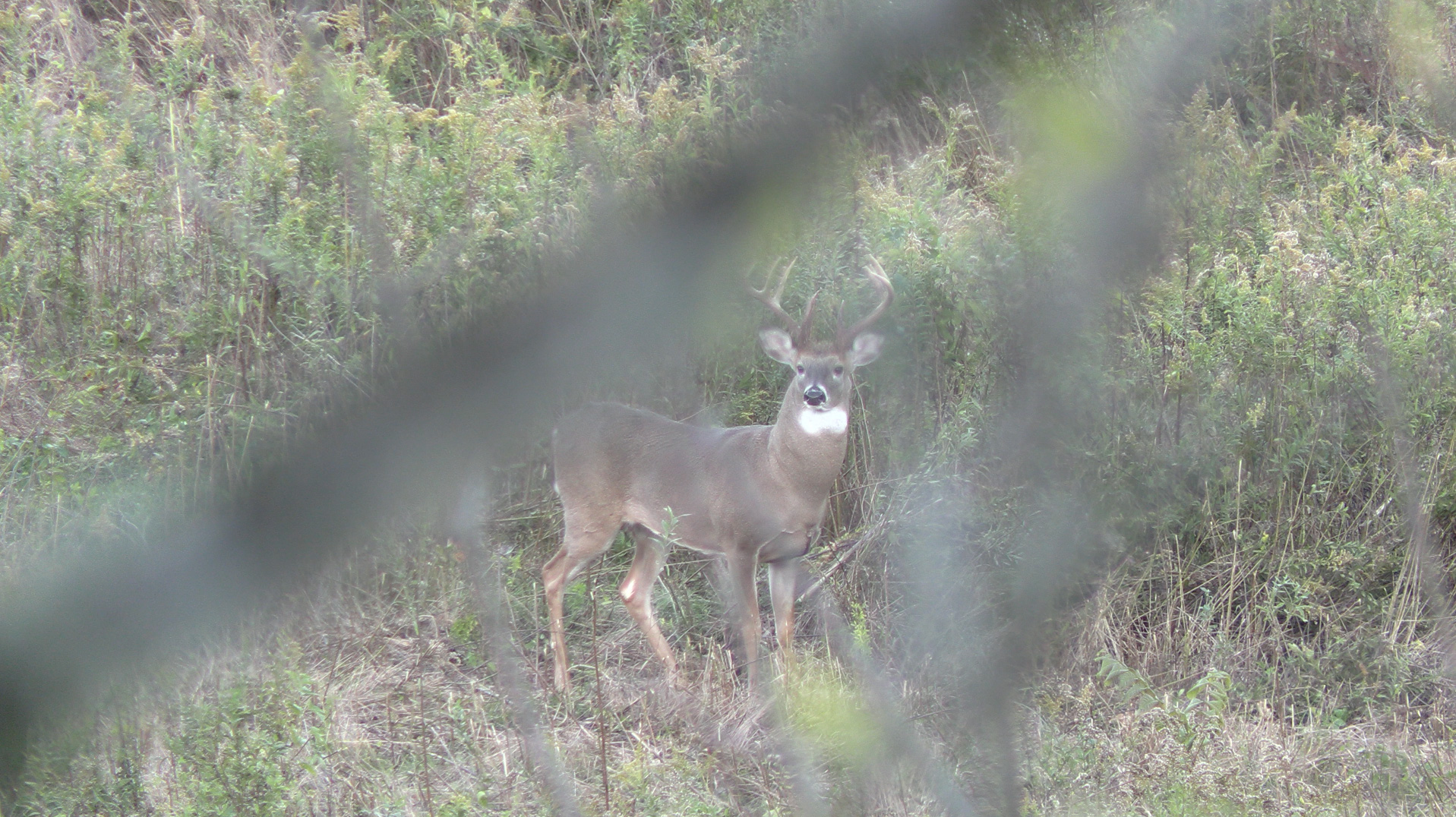
MWO
SHARE THIS POST
Did you enjoy this post?
You can be among the first to get the latest info on where to go, what to use and how to use it!
Josh Honeycutt
If it’s deer or turkey season, you’ll find Josh Honeycutt high in an oak tree or sitting up against one. His passion for the outdoors led to a career as an outdoor writer, photographer and videographer. His work has been published in nearly 50 publications and websites including Field & Stream, Outdoor Life, North American Whitetail, Whitetail Journal, Game & Fish, Fur-Fish-Game and more.
